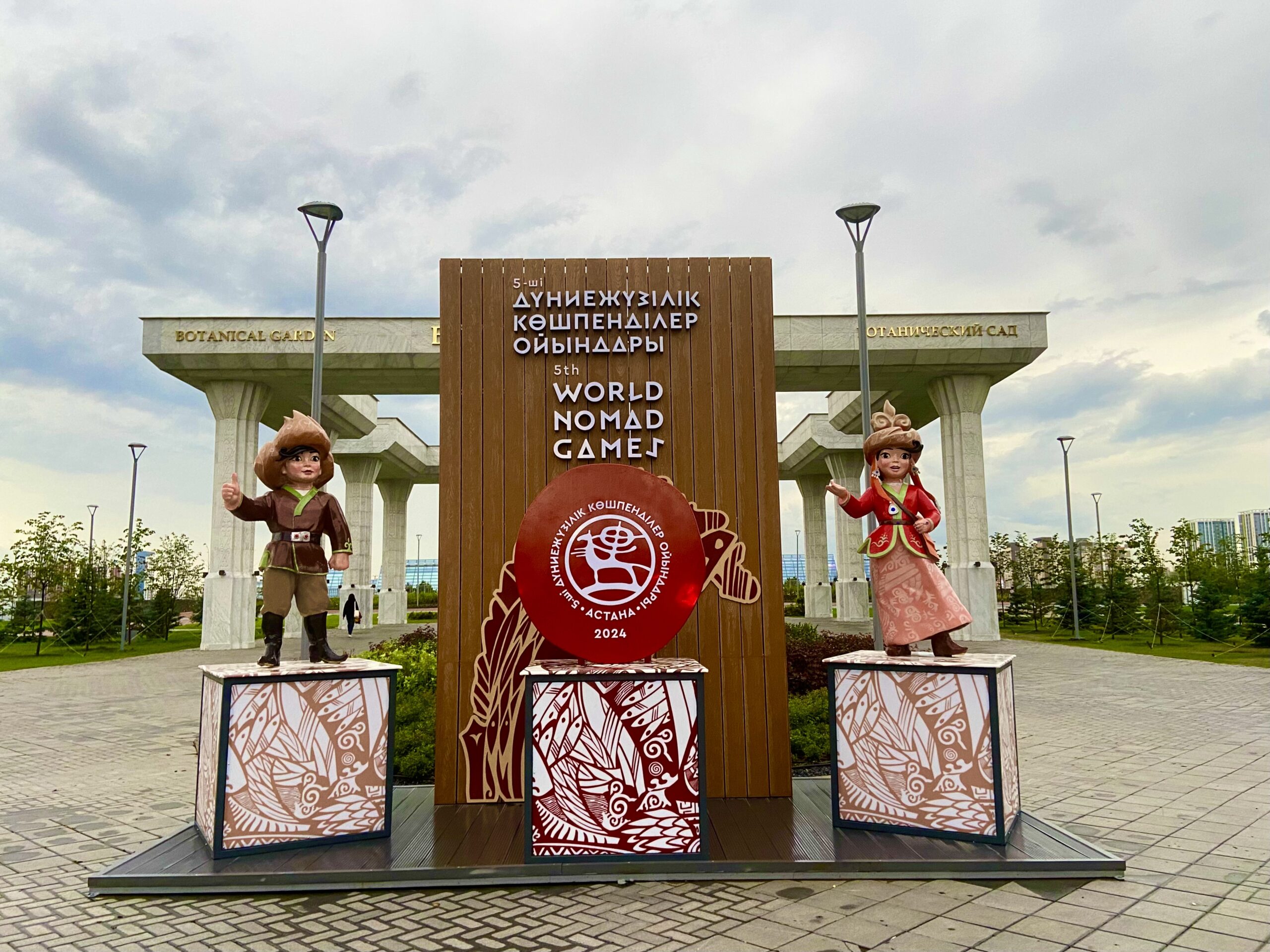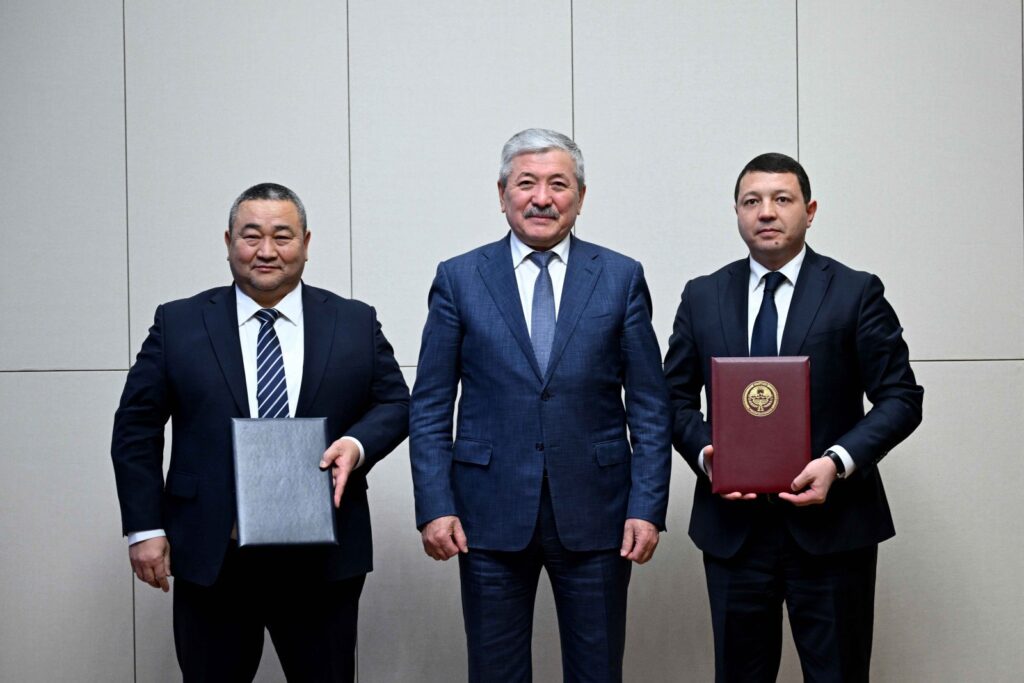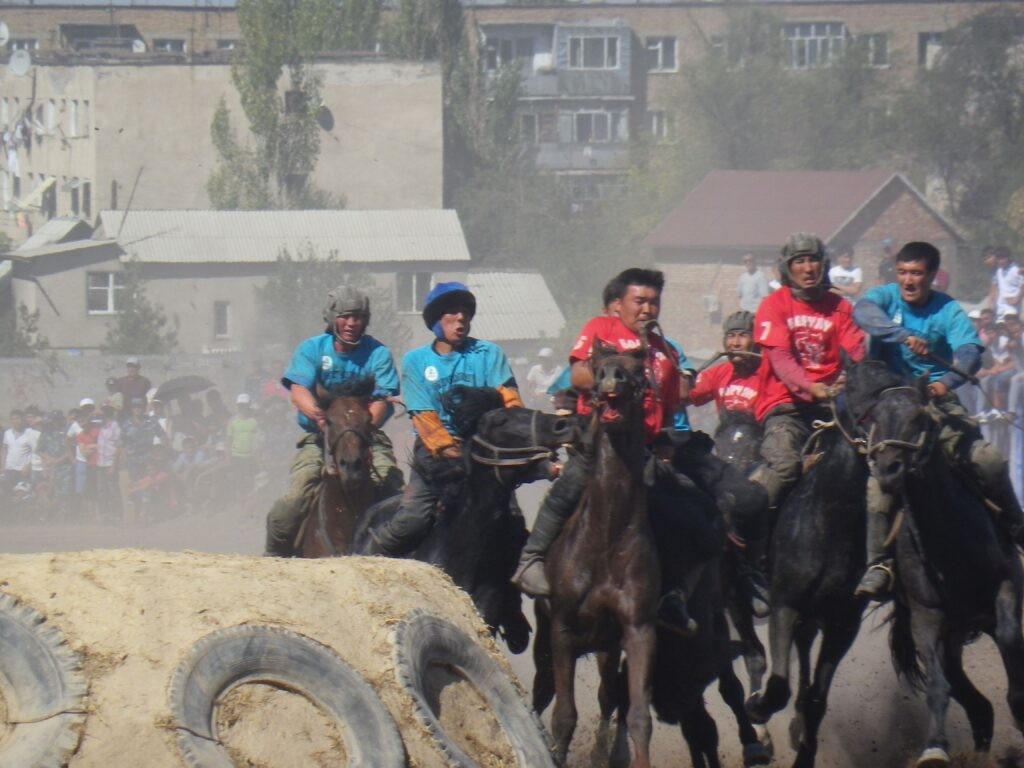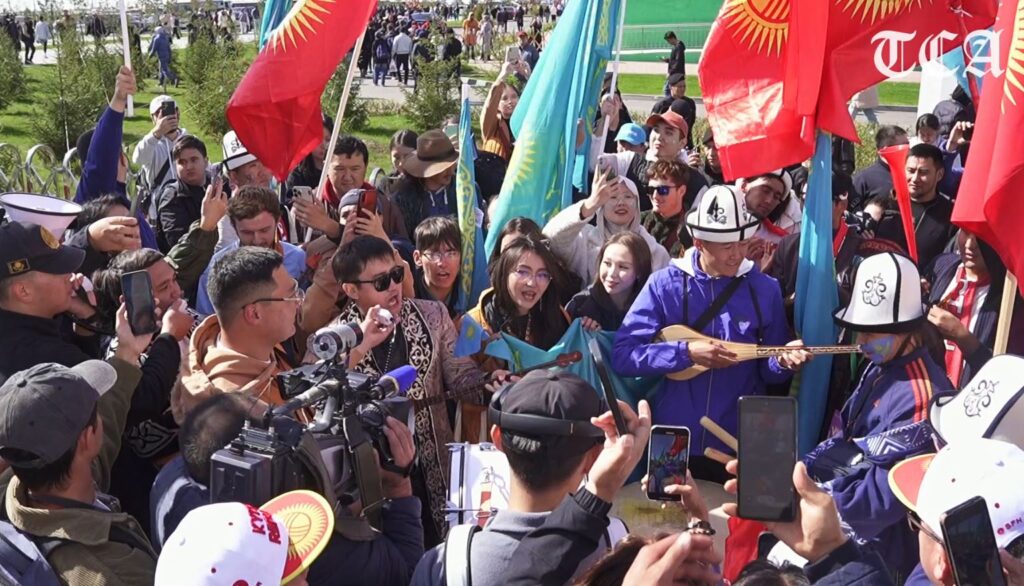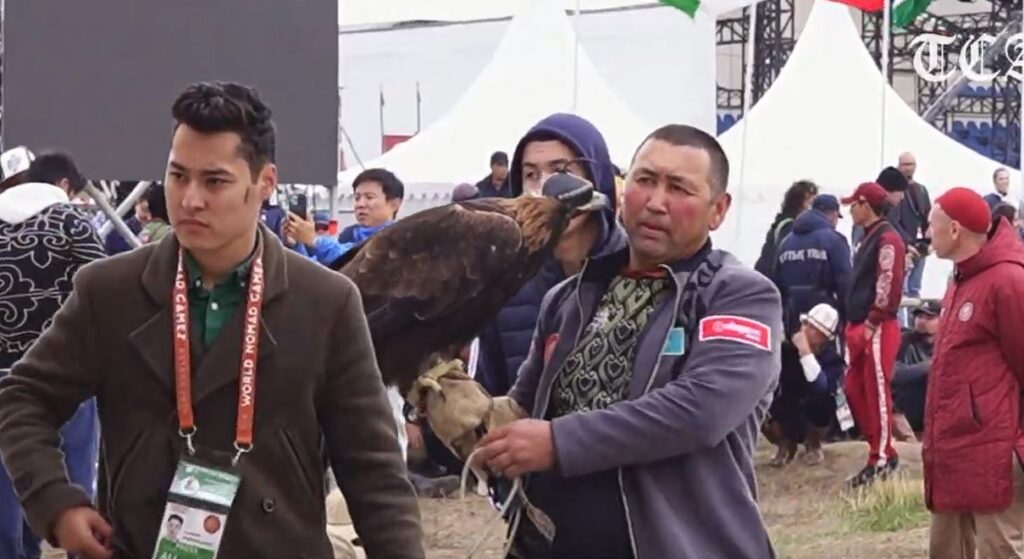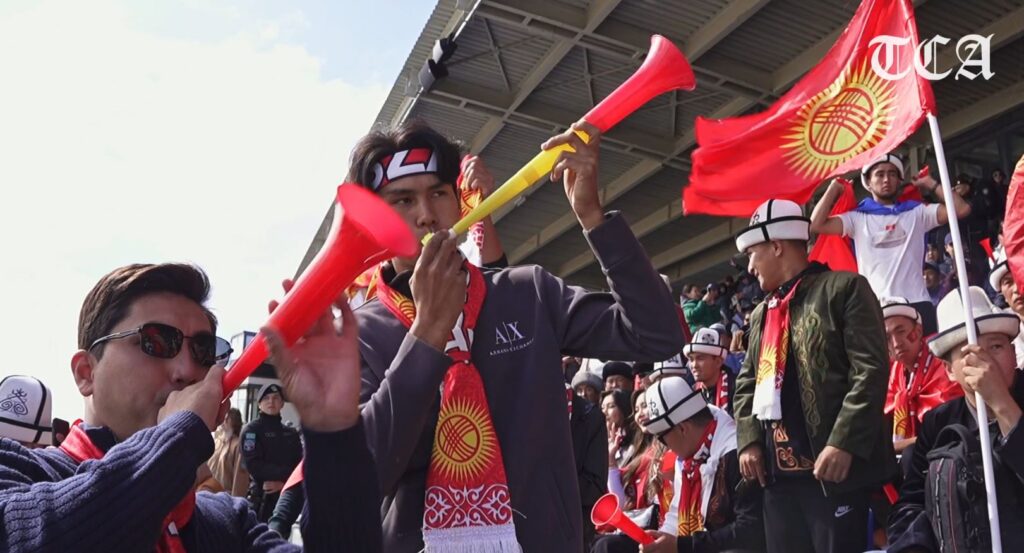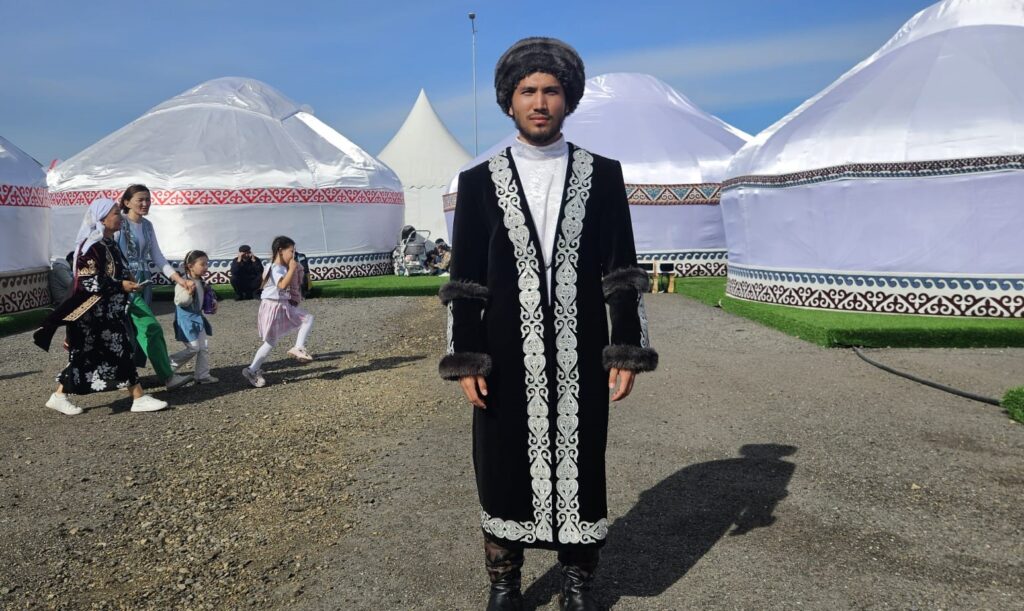There is a distinctive festive fizz about Astana as the city prepares to host the 5th World Nomad Games. In celebration and in readiness to welcome visitors, the streets, shopping centers, public spaces and even buses, are already festooned with flags and colorful decorations in keeping with this year’s theme “The Gathering of the Great Steppe.” Amid banners bearing the Games’ mascots and logo of a solar horseman against a background of Carnelian red, symbolizing energy and vitality, traditionally attired locals, some on horseback and others carrying hunting eagles, proudly roam the streets to promote both the event and their country’s cultural heritage.
Taking place from 8 -13 September, the much-anticipated Games will include 21 sports with some 3000 participants from over 85 countries competing in six venues spread across the city: the Astana Arena Stadium, Kazanat Hippodrome Racetrack, Zhaksylyk Ushkempirov Wrestling Palace, Alau Ice Palace, Qazaqstan Athletic Sports Complex, and Duman Complex.
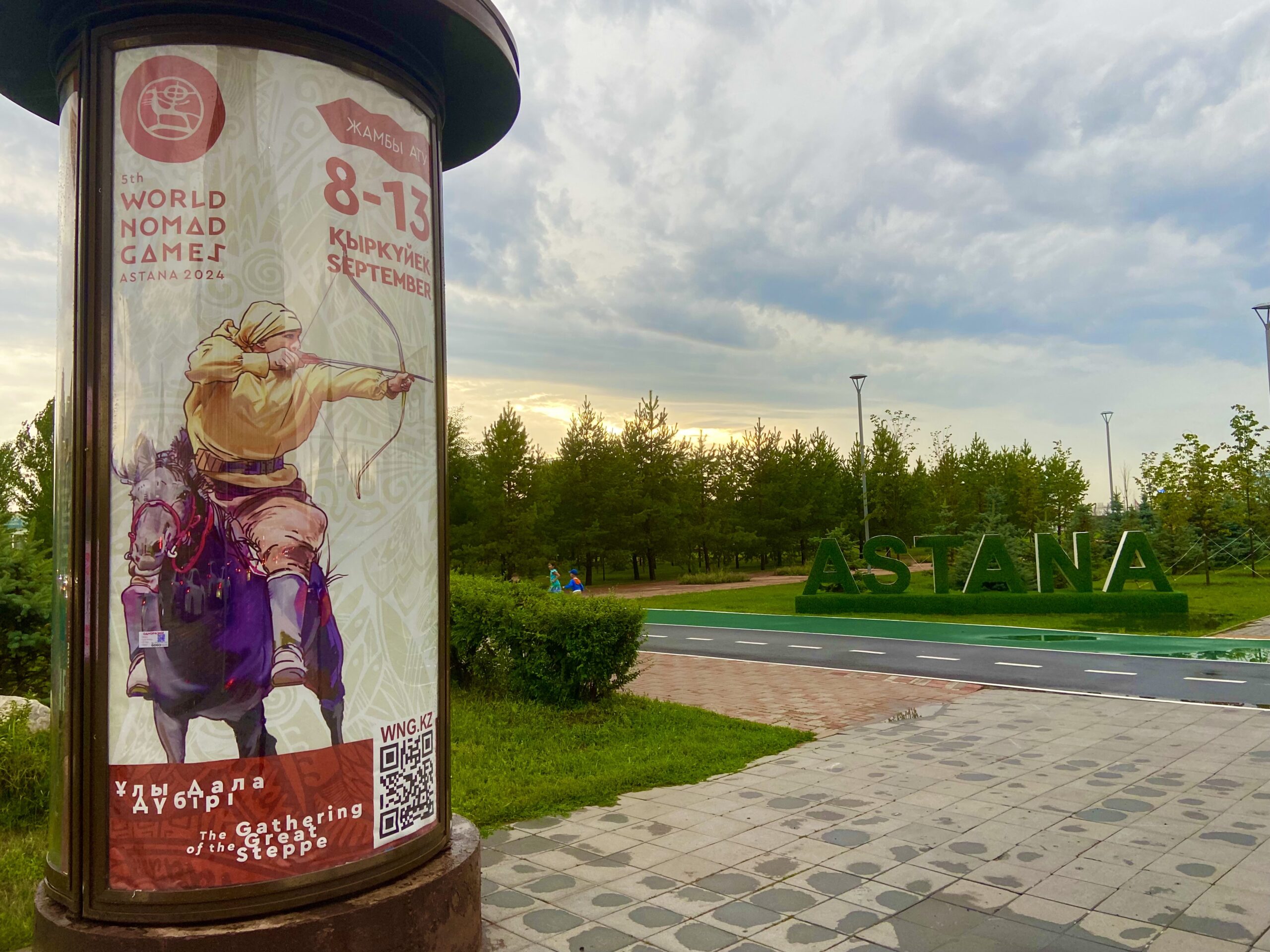
photo TCA: Games banner
Not exclusive to sport, the Games also include Cultural and Science programs. On a ten- hectare site close to the Kazanat race course, an Ethno-Aul has been erected to house an expansive array of exhibitions, performances and activities related to local customs and cuisine, theater and dance, and traditional craft and music. The equally comprehensive science program, hosted by the National Museum, offers a series of events with a focus on the development of ethno-sports.
With the passing years, the Games have become ever-more popular and thanks to the success of a long and concentrated marketing and publicity drive, tours organized by many international travel companies sold-out months ago. As a result, over 100,000 foreign tourists, many of whom have never visited Central Asia, are expected to descend on the city in September.
As the Nomad Games approaches, TCA has prepared a list of six must-see sites to encourage visitors to better acquaint themselves with the city, enjoy Astana’s unique atmosphere, and gain a deeper understanding of her cultural and historic heritage as they travel from venue to venue.

Photo TCA: Bayterek Tower
Situated on Nurjol Boulevard and erected in August 2002, this 105-metre-high observation tower is a symbol of post-independence Kazakhstan. Its distinctive design was inspired by an ancient Turkic myth in which every year, a sacred bird named Samruk laid an egg (the sun) in the branches of a sacred poplar tree. Once inside, visitors can learn more about the concept behind the tower and its cultural significance, and from the top platform, enjoy breath-taking panoramic views of the city.

Photo TCA: Independence Square
At the heart of the city lies Independence Square, surrounded by iconic buildings and monuments. Especially notable is the Kazak Yeli Memorial, a symbol of Kazakhstan’s destiny. Atop its 91- meter tower stands a golden eagle, and around its base, images related to the country’s past and present, from heroic ‘batyrs’ or clan leaders from the Golden Horde and dombra players, to the masters of trade who built the city and a modern-day family.
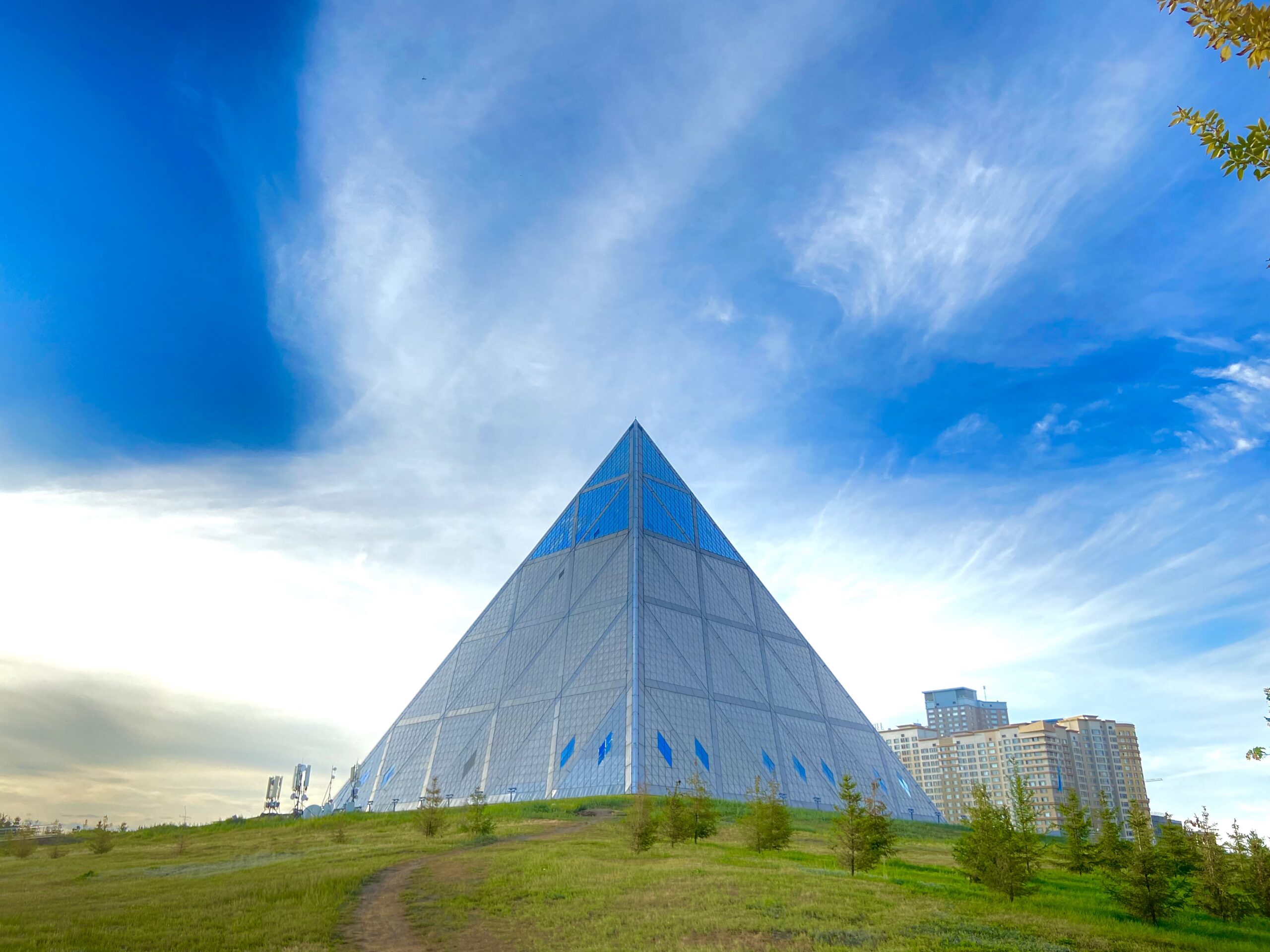
Photo TCA: Palace of Peace and Reconciliation
Palace of Peace and Reconciliation
The futuristic structure of glass and steel housing exhibition halls, a theater and spaces dedicated to cultural and religious events, was completed within just two years in 2006. Designed by renowned British architect Sir Norman Foster, the pyramid form which is not affiliated to any religion, was chosen to represent peace and harmony.

Photo: iStock: Khan Shatyr
Fans of Foster’s cutting-edge contemporary architecture should also pay a visit to his second major commission in Astana, the name of which is an amalgamation of two historic terms: khan, the title given to ancient Turkic leaders, and shatyr, a medieval dwelling or destination. Constructed in 2010 from ETFE, a translucent heat-absorbing material, and resembling a giant tilting tent, reminiscent of the traditional nomad yurt, the building is home to a shopping mall, leisure center and tropical swimming pool.

Photo TCA : The National Museum
The National Museum of the Republic of Kazakhstan
Opened in 2014, the museum one of the largest in Central Asia, boasts a rich and diverse collection of artifacts relating to Kazakhstan’s cultural heritage, displayed across eleven exhibition halls in seven intersecting blocks.
In pride of place, sits the Issyk Golden Cataphract, a suit of armor consisting of thousands of pieces of gold excavated, by chance, from the Issyk burial ground in 1969. The owner of the armor dating circa 4th century BC is thought to have been a young Saka prince, sometimes referred to as the ‘Tutankhamun of Kazakhstan’
The design of the museum by Vladimir Laptev, a member of Kazakhstan’s Union of Architects, was inspired by a waving flag and with its glistening facade of blue glass and white marble, is yet another stellar example of Astana’s modernist architecture.
Standing on the bank of the river Ishim, the bronze sculpture celebrates the life of Kenesary Kasymov (1802-1847) the last Kazakh sultan and leader of the national liberation movement for independence from the Russian Empire from 1837-1847. Inaugurated in May 2001, it symbolizes Kazakhstan’s long battle for independence which lost and won again, marks out the country’s future.
